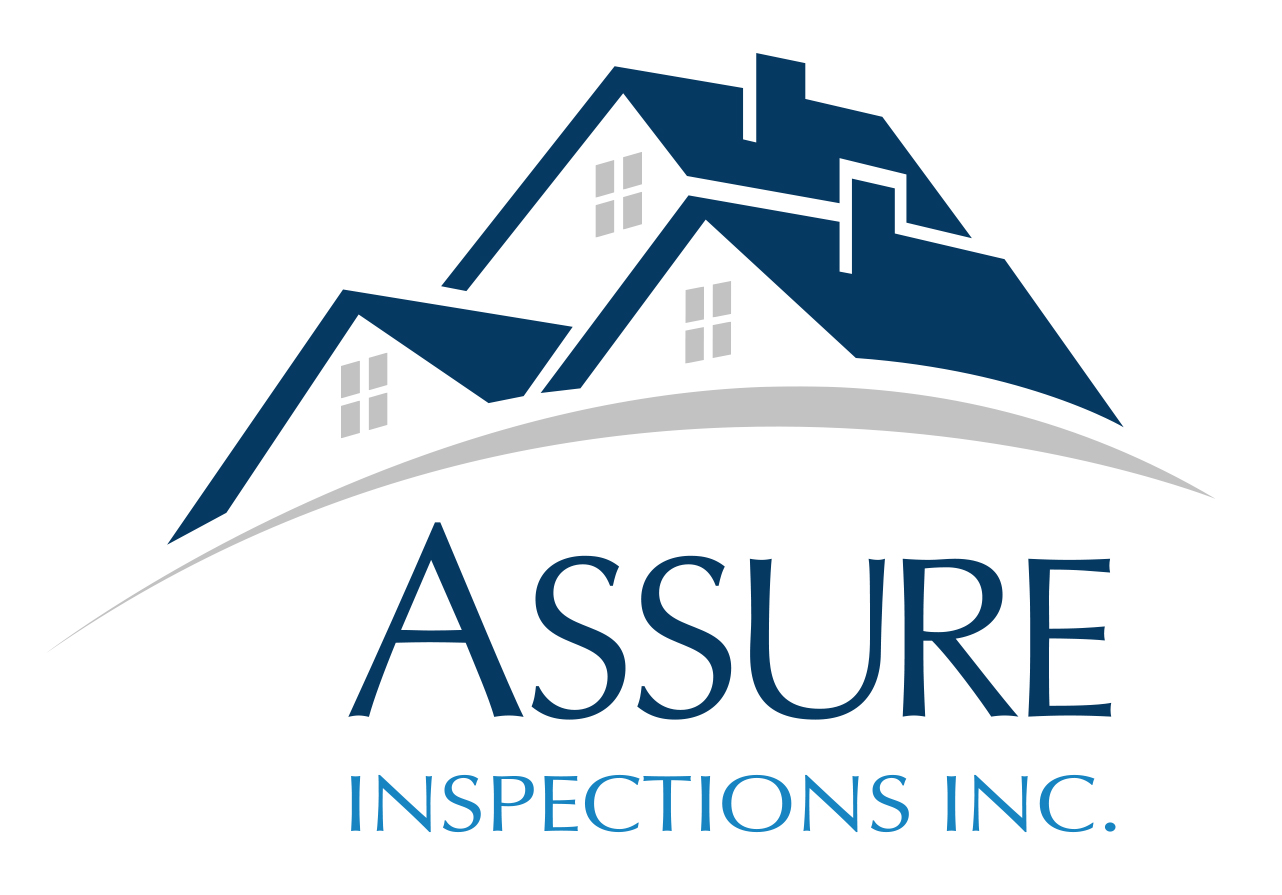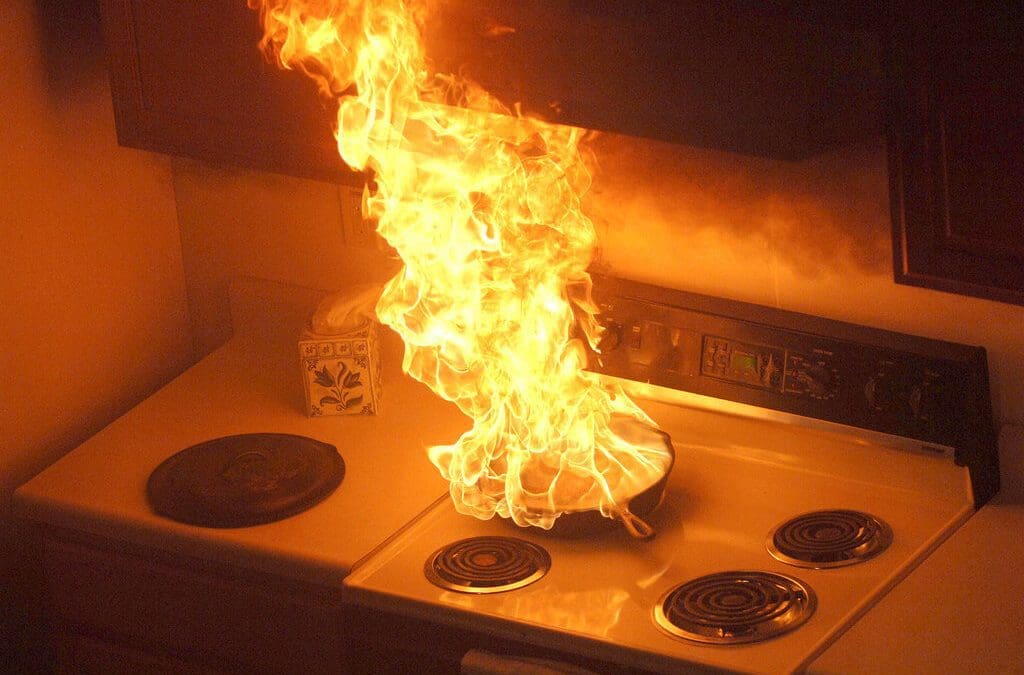Creating a safe living environment is crucial for your family’s well-being. While homes are our sanctuaries, they may also harbor various hazards that could lead to accidents and injuries if not properly managed. Understanding and mitigating these common home health hazards is key to maintaining a safe home.
Fire
Fire hazards are among the most dangerous threats in a home. Cooking equipment, electrical appliances, and heating devices are common sources of household fires. Grease fires in the kitchen ignite quickly and spread rapidly. Overloaded electrical outlets, frayed wires, and outdated wiring also pose fire risks.
To minimize fire hazards, verify that your kitchen is equipped with a fire extinguisher and that you know how to use it. Regularly inspect your electrical cords and replace any that are damaged. Install smoke detectors on every level of your home and test them monthly. Having a family escape plan in place and practicing it helps save lives in the event of a fire.
Slip and Fall Hazards
Slips and falls are a leading cause of home injuries, particularly among the elderly and young children. Wet floors, loose rugs, and cluttered walkways are common culprits. Bathrooms and staircases are especially prone to these hazards.
To prevent falls, use non-slip mats in the bathroom and secure loose rugs with double-sided tape or non-slip pads. Keep walkways clear of clutter and keep these areas well-lit. Install handrails on both sides of staircases and grab bars in the bathroom to provide extra support. Regularly check for and repair loose or uneven flooring.
Electrical Hazards
Electrical hazards lead to shocks, burns, and fires. Common issues include faulty wiring, overloaded circuits, and the improper use of electrical devices.
Have a qualified electrician inspect your home’s wiring periodically to reduce electrical hazards. Avoid overloading outlets by using power strips with surge protectors and unplugging devices when not in use. Use electrical devices according to the manufacturer’s instructions, and never attempt to repair electrical issues yourself. Contact a professional immediately if you notice flickering lights, buzzing sounds, or burning smells.
Home Health Hazards: Radon
Radon is an odorless, colorless, radioactive gas that can seep into homes from the ground. Long-term exposure to high levels of radon could cause lung cancer, making it a serious health hazard.
To detect and mitigate radon hazards, test your home for radon using a radon test kit, which is available at most hardware stores or through professional services. If high levels of radon are detected, install a radon mitigation system. These systems effectively reduce radon levels and are a worthwhile investment in your family’s health.
Mold
Mold thrives in damp, humid environments and causes various health issues, from allergic reactions to respiratory problems. Bathrooms, basements, and areas with water damage are particularly susceptible to mold growth.
To prevent mold, keep humidity levels in your home below 60%. Use dehumidifiers and have good ventilation in high-moisture areas. Fix leaks promptly and clean and dry water-damaged areas within 24-48 hours. Regularly inspect your home for signs of mold and clean visible mold with appropriate cleaning solutions. For extensive mold problems, consider hiring a professional mold remediation service.
By being aware of these common home hazards and taking proactive steps to address them, you’ll create a safer environment for your family.
FAQs for Home Health Hazards
What should I do if I discover a frayed electrical cord?
Immediately unplug the device and replace the cord. Electrical tape is a temporary fix but should not be relied upon for long-term use.
How can I tell if mold is affecting my indoor air quality?
Persistent musty odors, visible mold growth on surfaces, water stains, and an increase in allergy or asthma symptoms among household members are signs that mold may be affecting indoor air quality. Conduct a thorough inspection or hire a professional to test for mold.
How can I protect my children from poisoning hazards?
Store all medications, cleaning products, and chemicals out of reach or in locked cabinets. Use childproof caps and clearly label all containers. Educate children about the dangers of ingesting unknown substances.
What are the symptoms of carbon monoxide poisoning?
Symptoms include headaches, dizziness, nausea, shortness of breath, confusion, and loss of consciousness. If you suspect carbon monoxide poisoning, seek immediate medical attention and leave the area.
Assure Inspections Inc. provides professional inspection services to homebuyers and sellers in the Chicago area. Contact us to schedule an appointment.

